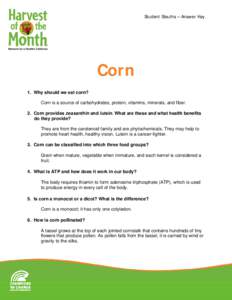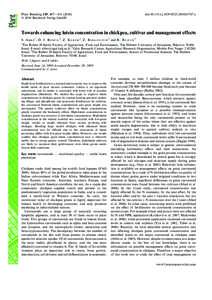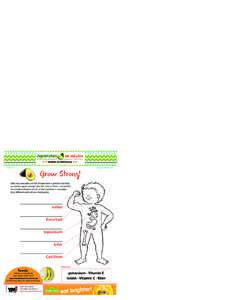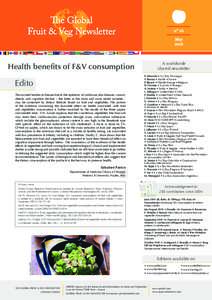 Date: 2013-03-20 11:32:35Photosynthetic pigments Tetrapyrroles Photosynthesis Plant physiology Biological pigment Xanthophyll Chlorophyll Lutein Pheophytin Biology Chemistry Carotenoids | |  Quantitative Investigations of Leaf Pigments From Their Inception in Buds Through Autumn Coloration to Decomposition in Falling Leaves Jon E. Sanger Ecology, Vol. 52, No. 6. (Nov., 1971), ppStable URL: http: Quantitative Investigations of Leaf Pigments From Their Inception in Buds Through Autumn Coloration to Decomposition in Falling Leaves Jon E. Sanger Ecology, Vol. 52, No. 6. (Nov., 1971), ppStable URL: http:
Add to Reading ListSource URL: plantsciences.utk.eduDownload Document from Source Website File Size: 557,95 KBShare Document on Facebook
|






 Quantitative Investigations of Leaf Pigments From Their Inception in Buds Through Autumn Coloration to Decomposition in Falling Leaves Jon E. Sanger Ecology, Vol. 52, No. 6. (Nov., 1971), ppStable URL: http:
Quantitative Investigations of Leaf Pigments From Their Inception in Buds Through Autumn Coloration to Decomposition in Falling Leaves Jon E. Sanger Ecology, Vol. 52, No. 6. (Nov., 1971), ppStable URL: http: